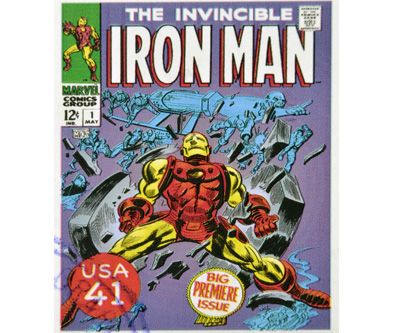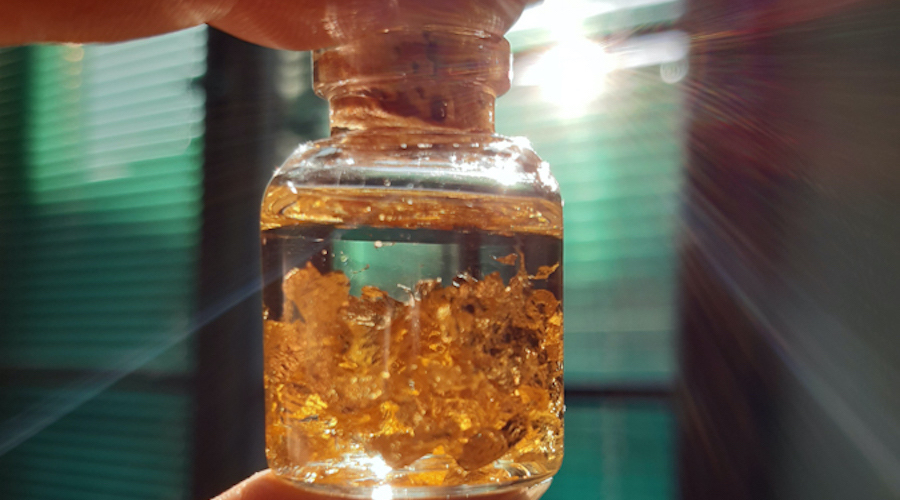Iron ore’s $120-price floor theory unravels

Iron ore prices fell again on Friday with the benchmark import price of 62% iron ore fines at China’s Tianjin port dropping almost 1% to $116.20 a tonne, down 14% since the start of July and well below the $175.40 a tonne the steelmaking ingredient was trading at this time last year.
Chinese import prices – the country is responsible for consuming 60% of the world’s iron – are now the lowest since December 2009 according to data provided by Steelindex.
In October last year ore shed over $60 a tonne over a months to briefly trade below $120. Iron ore first traded above $120 a tonne in January 2010 and July that year also saw a short-lived dip to $117.90.
As these dips and recoveries show $120 has in the past provided a strong price floor for traders because below that level many Chinese producers become unprofitable and cut production, but a sustained period below $120 a tonne may indicate a fundamental shift in the industry.
About 30% of China’s domestic demand is supplied by local miners with generally low-grade ore and when they leave the market it allows South African, Australian and South American players to step back in.
Now this theory is being thoroughly tested.
Reuters reports small Chinese traders are being forced to sell off loss-making stockpiles and quotes Rafael Halpin, China analyst with the UK consultancy MEPS: “Iron ore prices could go into free-fall until end-user demand for steel picks up in the autumn.”
On Wednesday Nomura steel analyst Matthew Cross argued that although the floor price of $120 has been breached “the destock may have just begun. Iron ore prices fell roughly 35% during both previous destocks, from US$180/t to around US$120/t, a similar decline from 2012 iron ore price highs of US$150/t suggests potential downside to around US$100/t.”
More News
{{ commodity.name }}
{{ post.title }}
{{ post.date }}




Comments